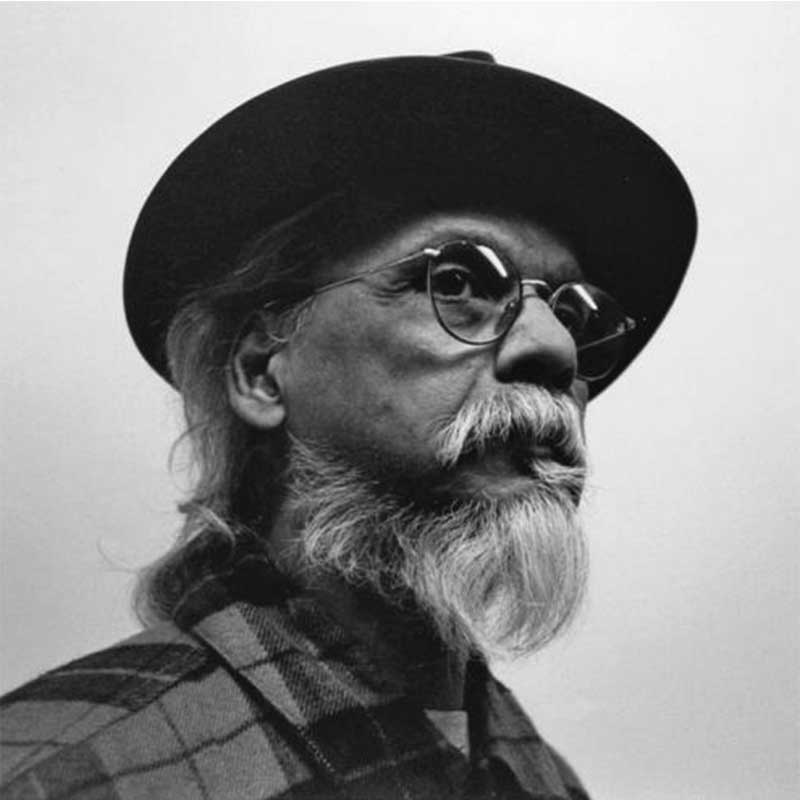
Born in Mumbai in 1924, Mohan Samant was an early Indian modernist painter and member of the Progressive Artists Group. He was also a lifelong player of the sarangi, an Indian bowed string instrument. He received his diploma from the Sir J.J. School of Art in 1952, where he studied under Shankar Balwant Palsikar. In 1954 he was awarded the Governor’s Prize and the silver medal for watercolors at the Bombay Art Society Annual Exhibition.
In 1952, Samant joined the Progressive Artists’ Group and exhibited with them in several shows, including the 1953 exhibition, Progressive Artists’ Group: Gaitonde, Raiba, Ara, Hazarnis, Khanna, Husain, Samant, Gade at the Jehangir Art Gallery, Mumbai. He also participated in the Bombay Group, a successor to the Bombay PAG.
In 1956 Samant was awarded the Gold Medal at the Bombay Art Society’s group exhibition, another at the Calcutta Art Society show, and the Lalit Kala Akademi-All India Award. Samant spent 1957-58 in Rome on a scholarship awarded by the Italian government. In February 1959, a Rockefeller Fellowship took him to New York City, where he would remain until 1964.
From his first showing until 1953, Samant took part in exhibitions around the world, held in galleries and museums in Canada, the United States, England, India and Japan. His work is in such public collections as the Museum of Modern Art (New York,) the Hirshhorn Museum and Smithsonian American Art Museum (Washington, D.C.) and the National Gallery of Modern Art (New Delhi).
Samant spent 1965–68 in Mumbai. During that time his work was still shown in New York, where he was represented by World House Galleries. In 1968, Samant, left India permanently. Samant went back to New York, where he continued to work and to exhibit internationally.
In 2000, Samant received the Asian American Heritage Award for lifetime achievement in the arts. In January 2004, not long after a retrospective in India, he died in New York.